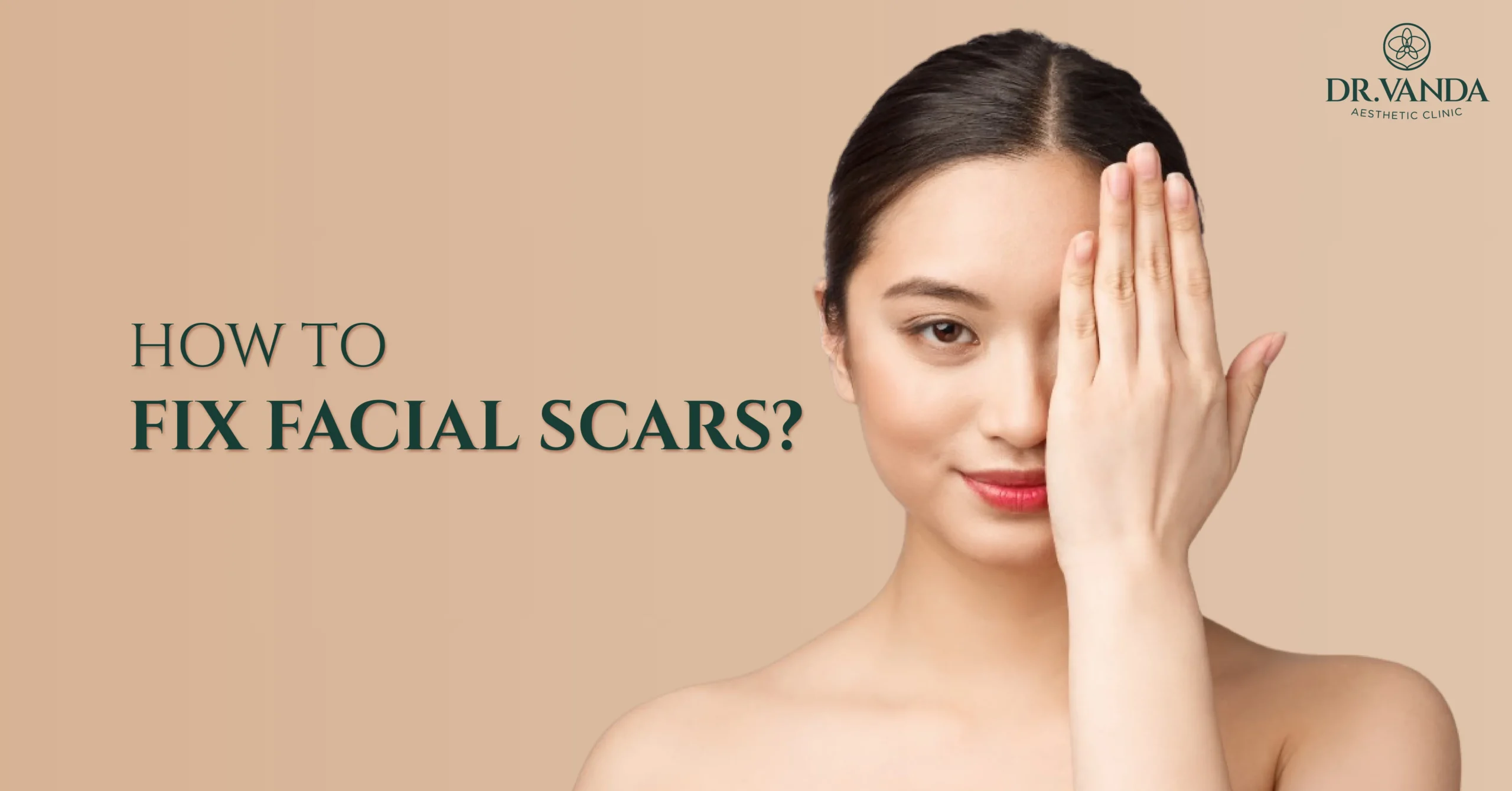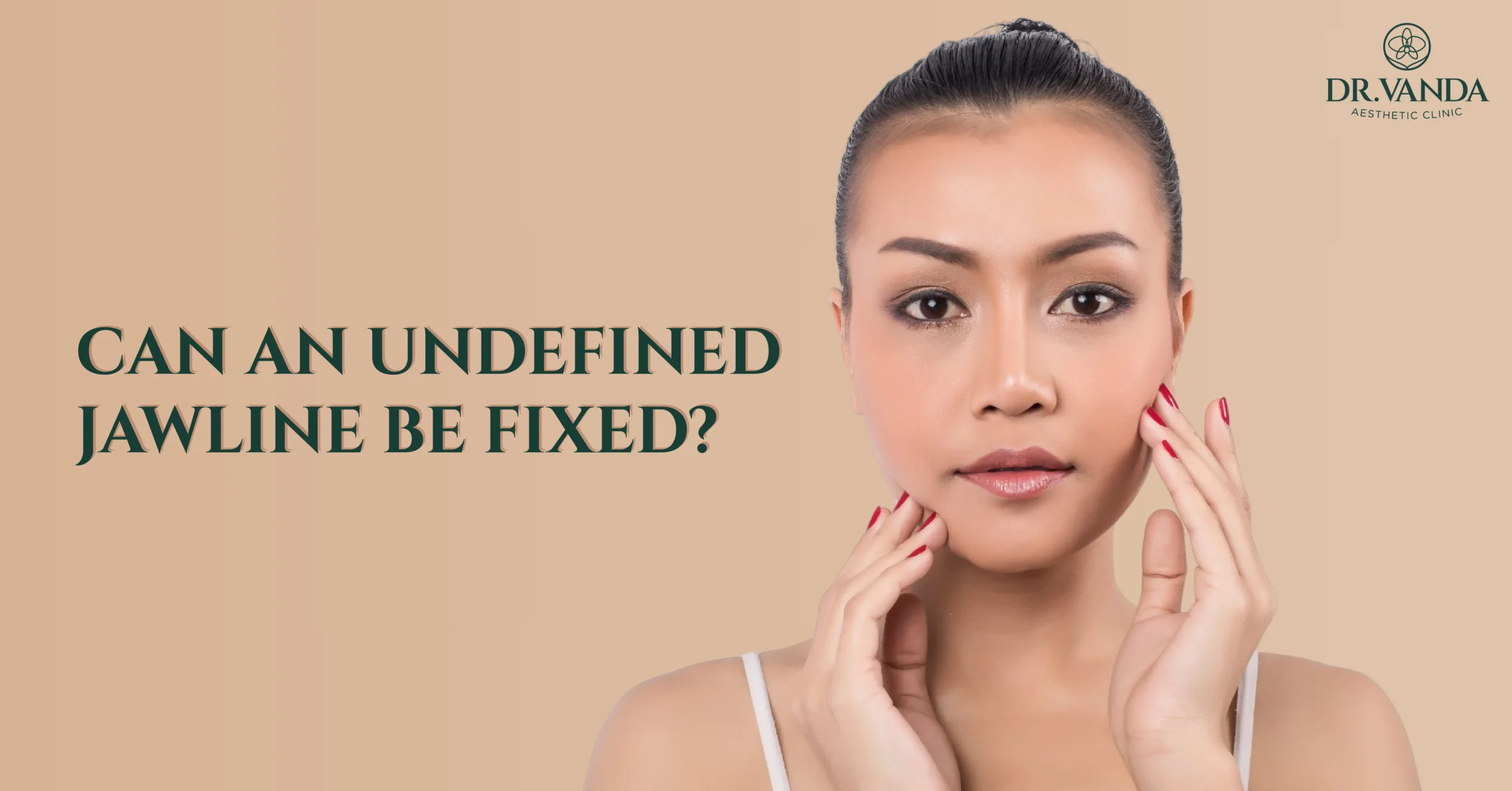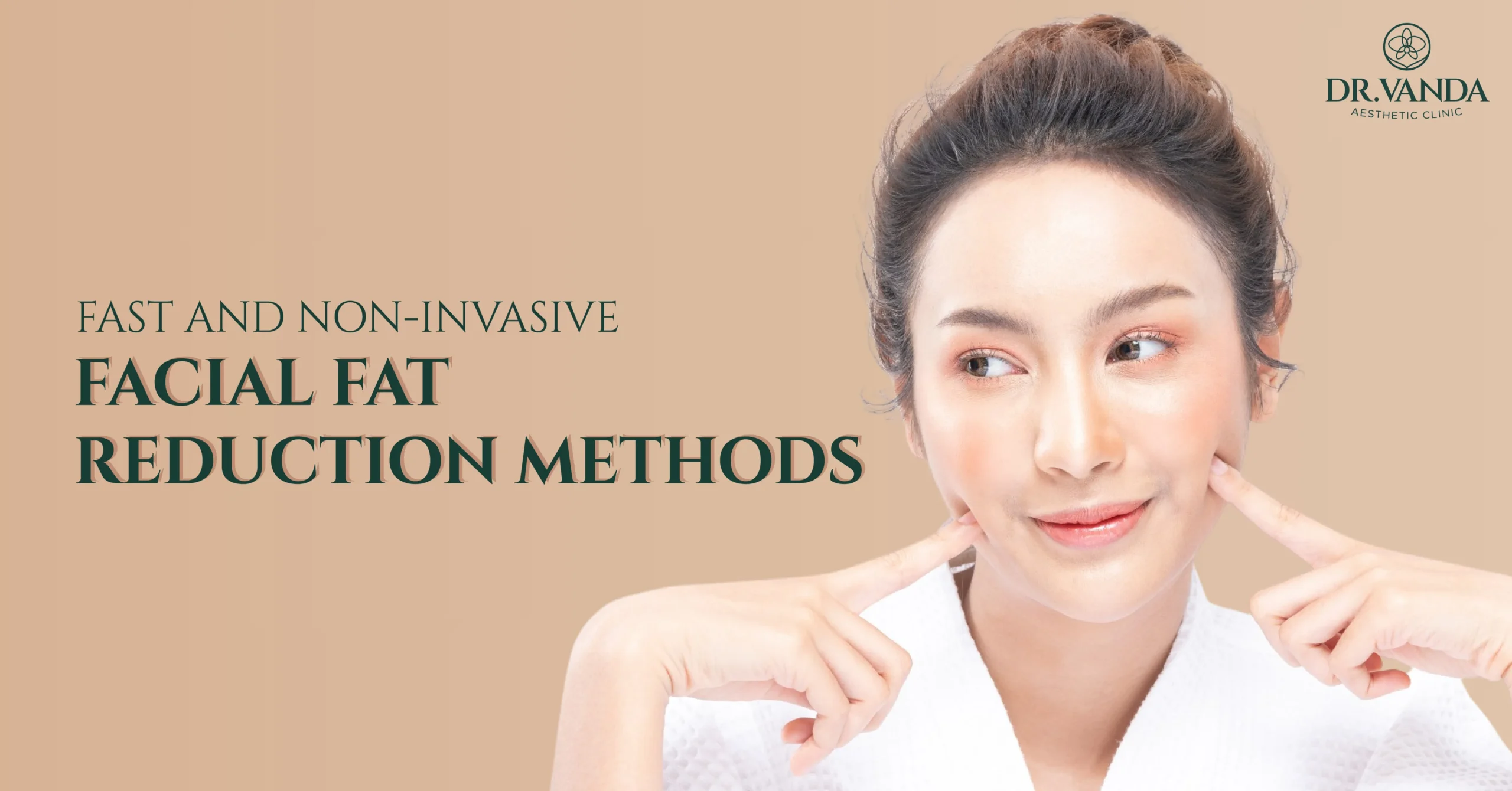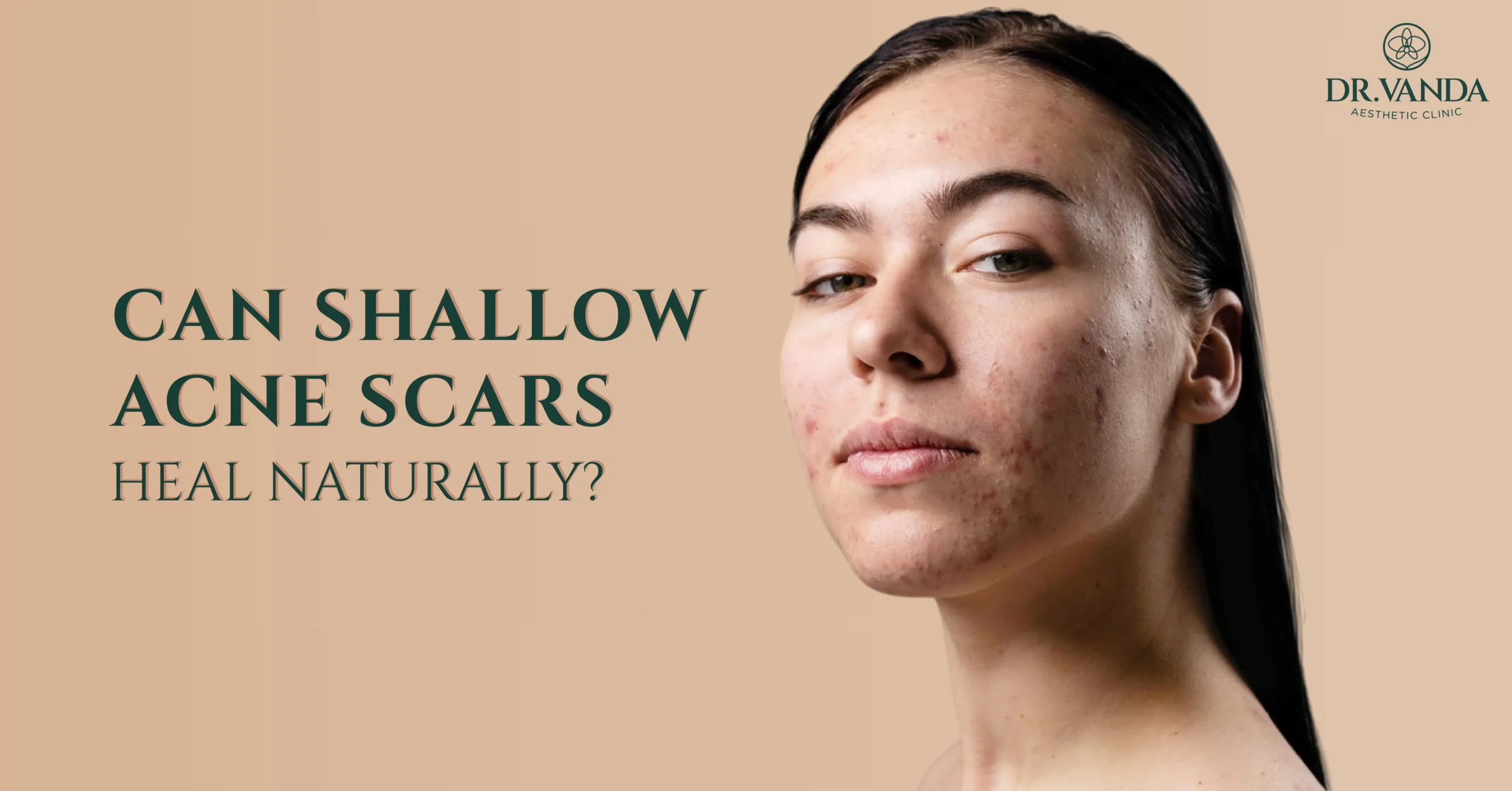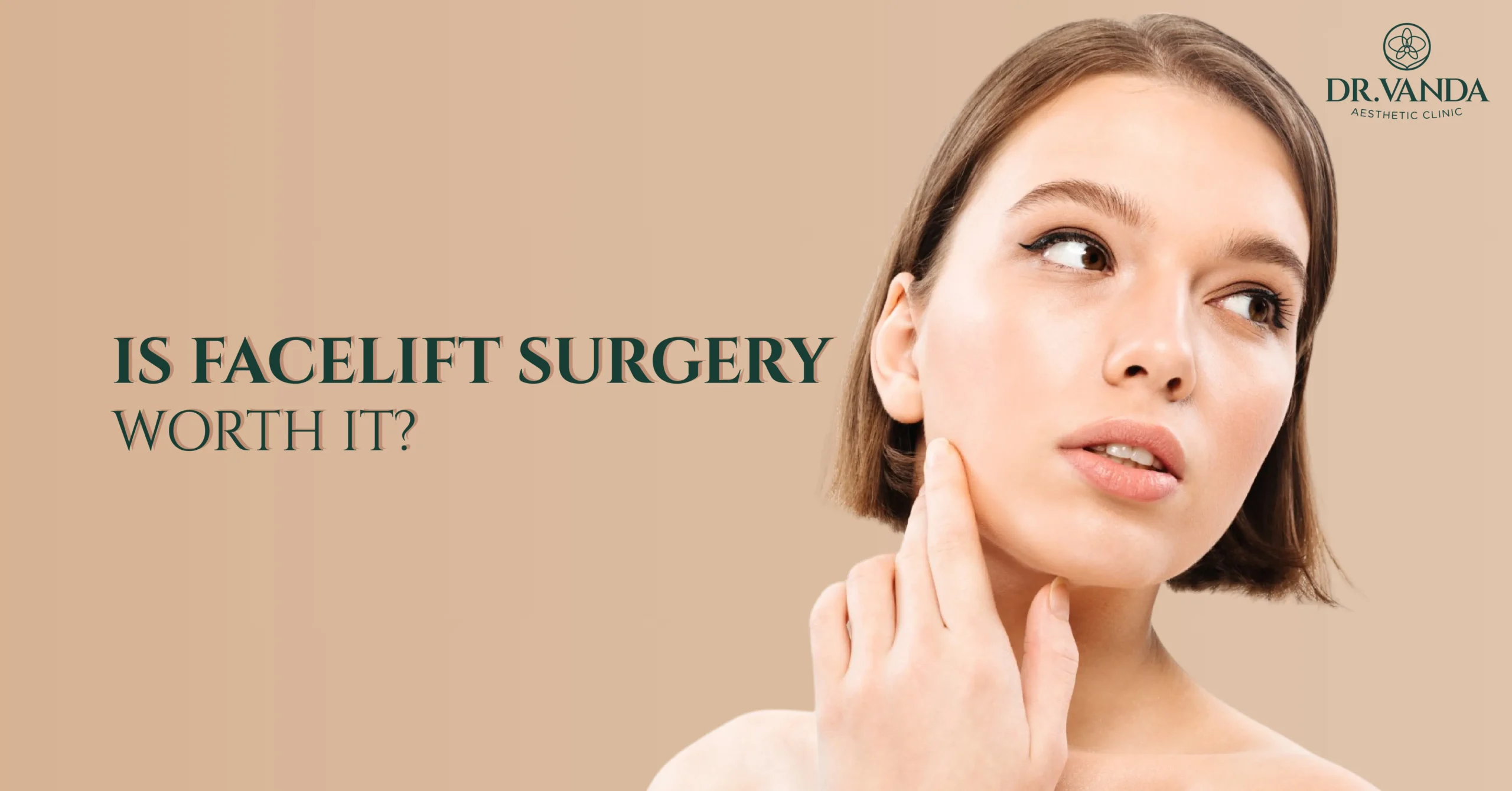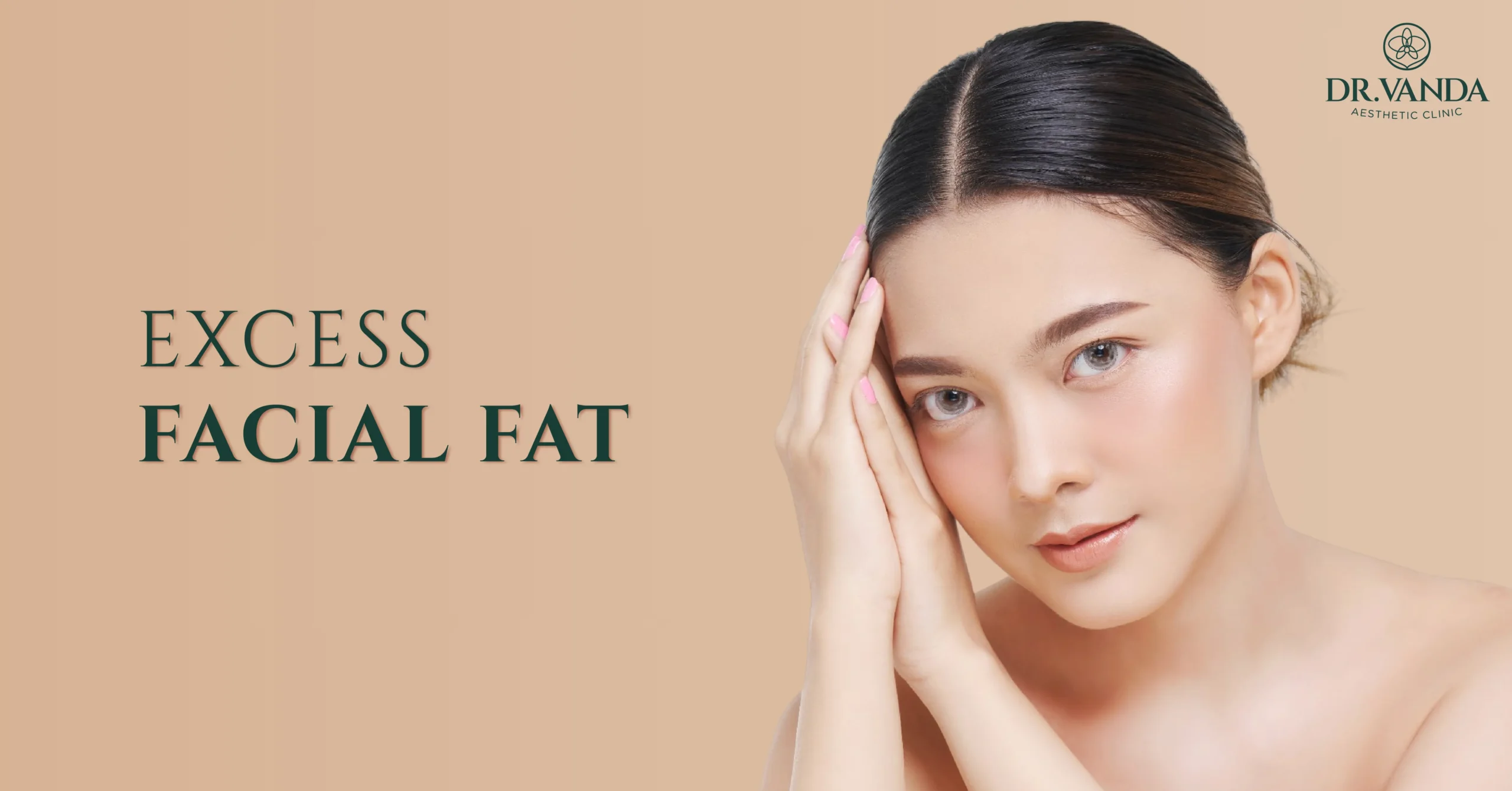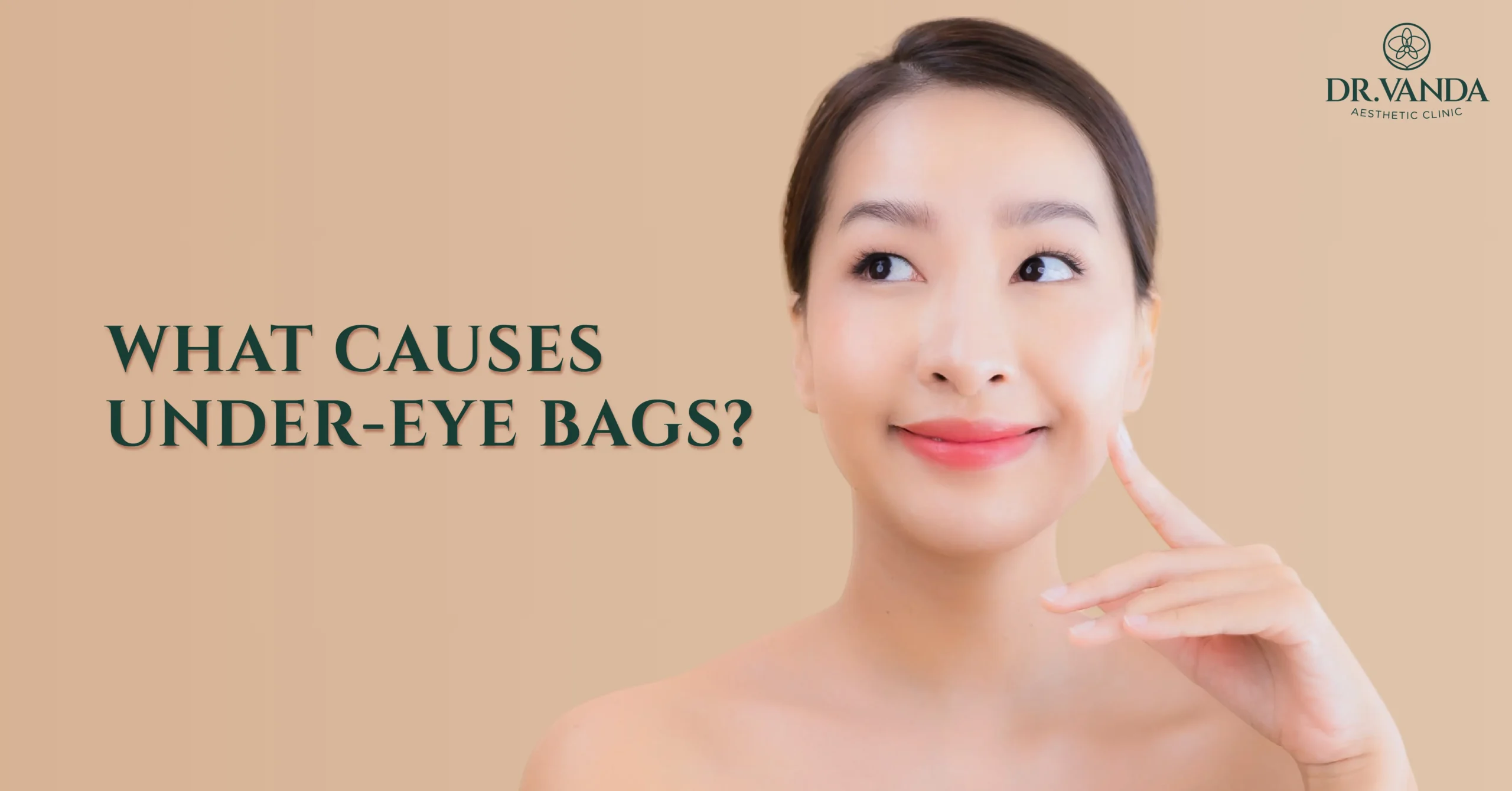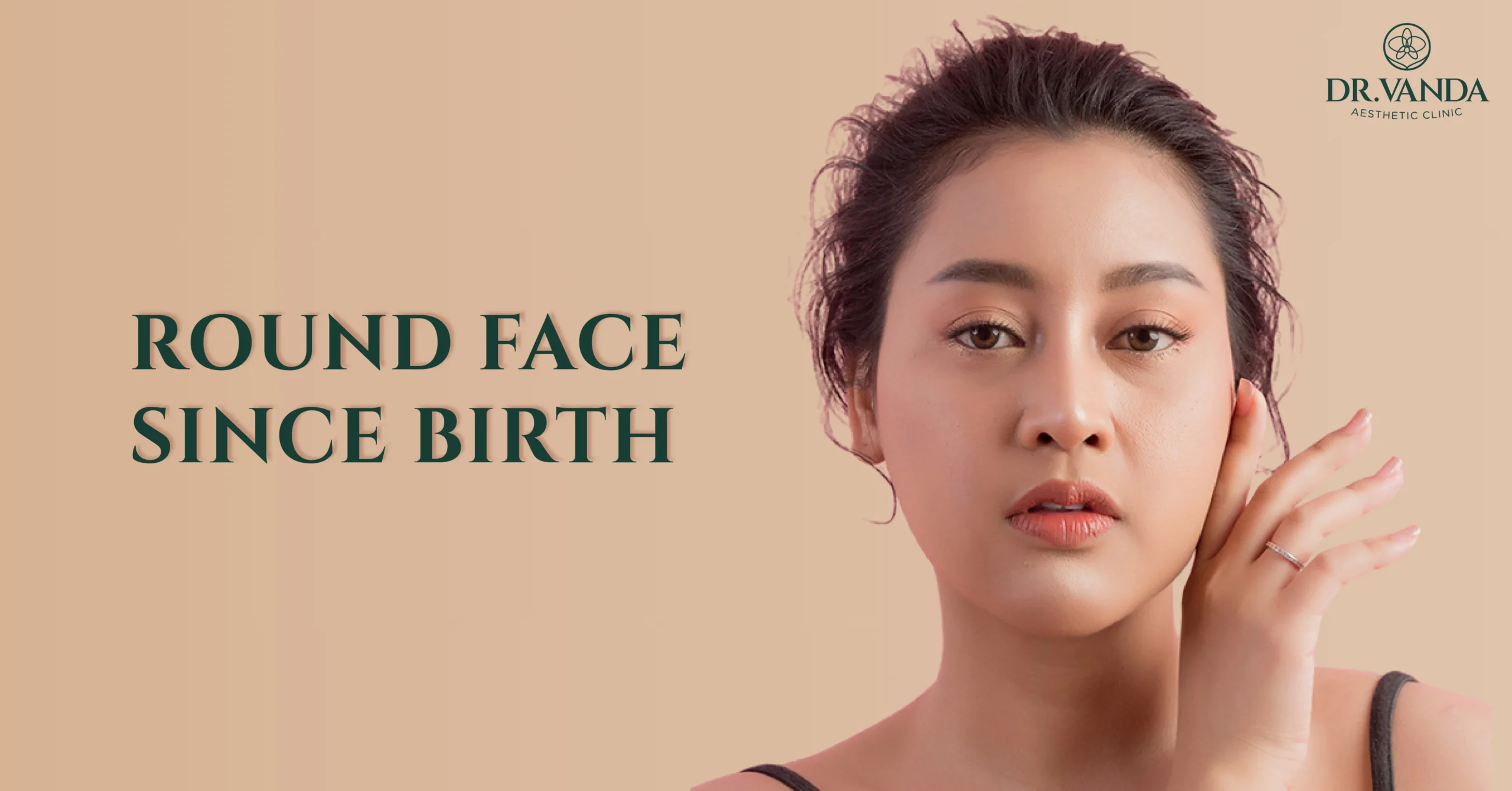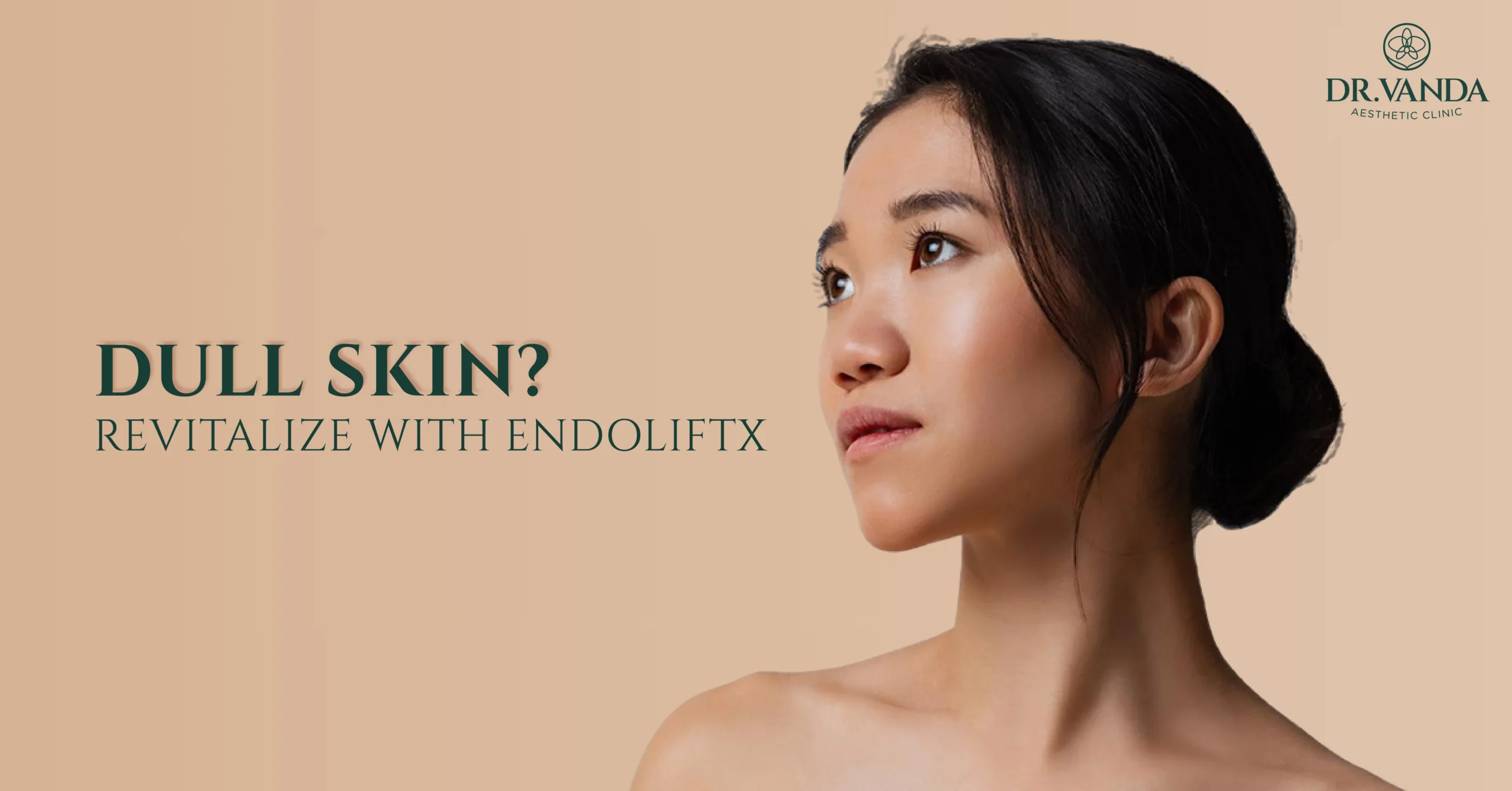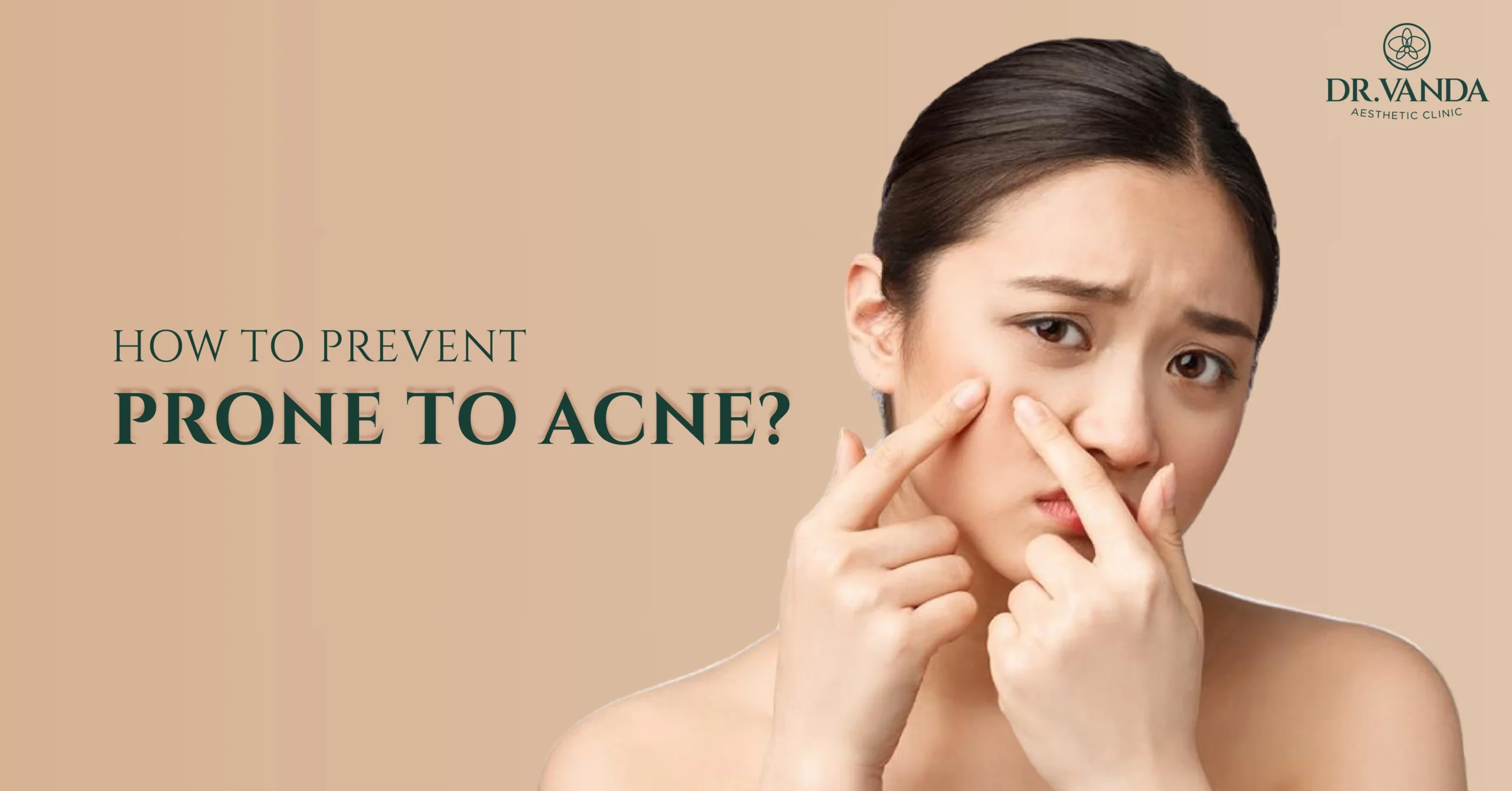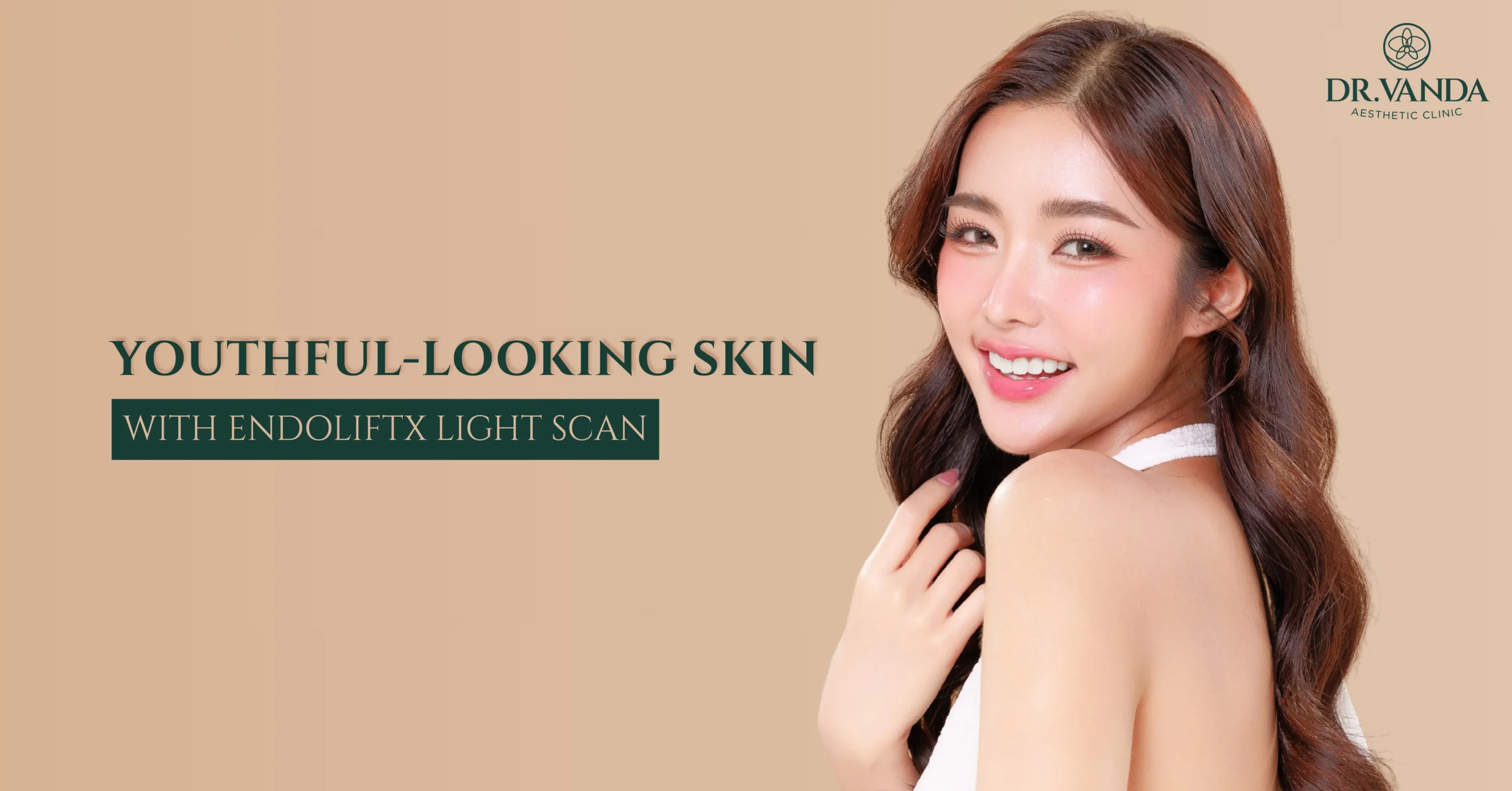What Causes Facial Scars?
Types of Facial Scars
- Common Scars: These scars appear red or dark and raised above the skin’s surface. Over approximately two years, they may lighten in color but leave visible traces. Some individuals may also experience itching around the scar area.
- Keloid Scars: Keloid scars are raised, shiny, and can appear red or purple before fading over time. These scars are caused by abnormal collagen production, leading to excessive tissue growth that extends beyond the original wound. Patients may experience itching or a burning sensation around the scar.
- Hypertrophic Scars Similar in appearance to keloid scars, hypertrophic scars do not expand beyond the boundaries of the original wound. However, scars in areas that undergo frequent movement may restrict mobility.
- Burn Scars: These scars often affect muscles and nerves, causing difficulty in movement around the affected area.
- Atrophic or Pitted Scars: These scars appear as deep depressions or pits on the face, typically resulting from severe acne. Unlike other scars, pitted scars do not heal naturally and require professional procedures for treatment, as topical applications are ineffective.
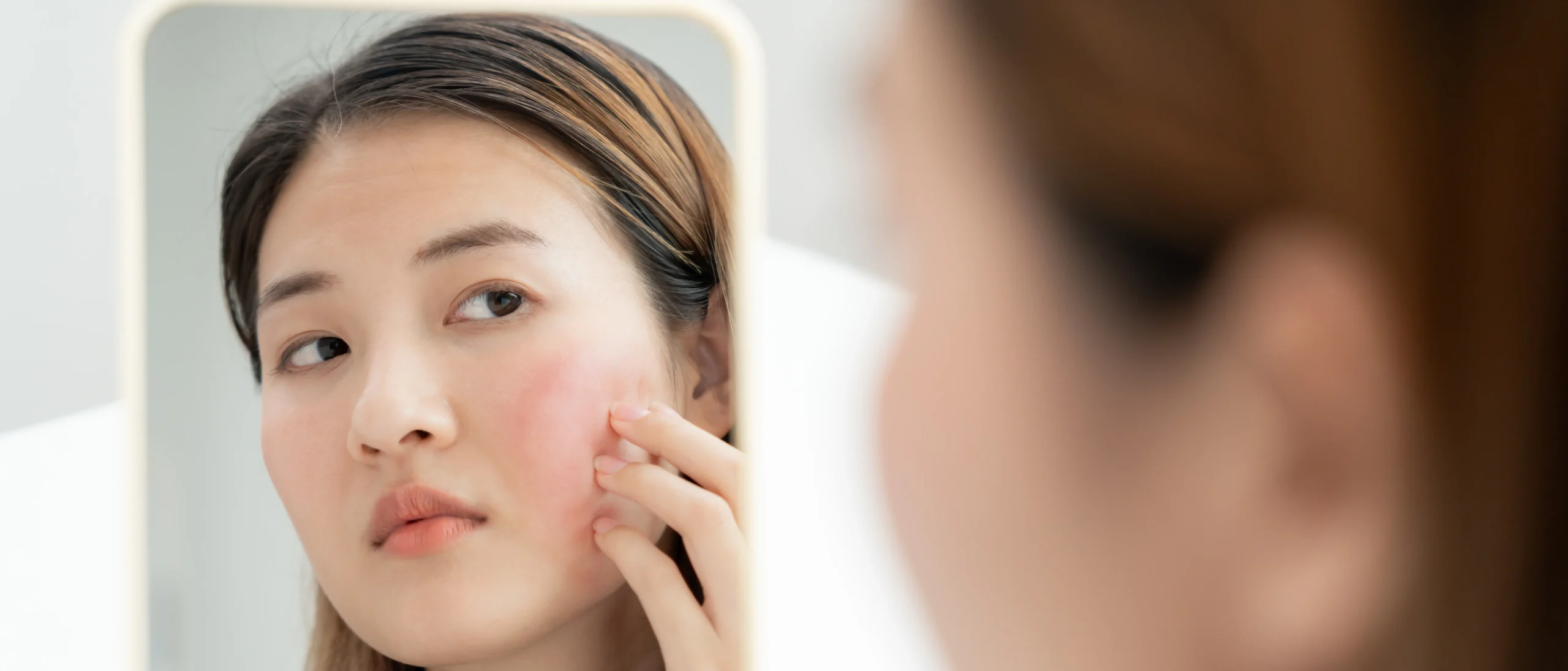
Why Do Topical Treatments Fail to Heal Facial Scars?
The primary reason why facial scars may not heal effectively lies in collagen. Collagen is a natural substance in the body responsible for shedding dead skin cells and stimulating the production of new skin cells. If the scarred area has insufficient or excessive collagen, the scars may persist without improvement. Hard-to-treat scars include raised scars, atrophic scars, and hyperpigmented scars.
Neglecting proper wound care, such as inadequate cleaning, frequent picking or scratching, or prolonged sun exposure without sunscreen (SPF 30 or higher) or protective clothing, can irritate the wound. This can lead to infections and slow the healing process.
As we age, the body’s collagen production decreases. This not only weakens the skin compared to its resilience in youth but also leads to dryness and reduced hydration. Additional factors include genetics, which may predispose some individuals to develop raised scars, and certain medical conditions like diabetes or coronary artery disease that impair blood circulation.
Many over-the-counter scar treatments contain ingredients like silicone, allantoin, vitamin C, vitamin E, exfoliants, and flavonoids such as kaempferol and quercetin, which aid in skin regeneration and scar healing. However, some products also include preservatives, fragrances, and alcohol, which can irritate the skin and slow down the scar-healing process.
What Are the Most Effective Treatments for Facial Scars?

Chemical Peeling
This involves applying a high concentration of AHA (Alpha Hydroxy Acids), typically 50–70%, to the scarred area to promote the shedding of old skin cells and stimulate the growth of new ones. Suitable for superficial scars in the epidermis, chemical peels must be performed under medical supervision to avoid potential harm to the skin and overall health.
Subcision
Subcision is a procedure involving the use of tools such as small needles or blunt cannulas, which are inserted beneath the skin to sever the fibrous bands tethering the acne scars. This process helps elevate the scarred depressions while simultaneously stimulating the body’s natural production of collagen in the treated area. However, this technique is most suitable for addressing rolling scars and boxcar scars.
Potential side effects of subcision include bruising, swelling, and tenderness post-treatment. Additionally, there is an increased risk of infection and, in some cases, the results may not be permanent.


Filler Injection
Filler injections use HA (Hyaluronic acid) to fill depressed scars, such as acne scars. This procedure is safe and provides immediate results. However, HA fillers are temporary and typically last 6–12 months, depending on the type of filler and aftercare. Patients need repeat treatments to maintain results.
CO2 Laser Resurfacing
Laser treatments for acne scars involve the use of laser technology to target damaged skin layers while simultaneously stimulating the production of new collagen. These treatments can be divided into two main categories…
- Ablative Lasers
Ablative lasers work by removing the outer layer of the skin (epidermis) and a portion of the underlying dermis to improve the appearance of scars. Examples include CO2 Laser and Erbium Laser.
Non-Ablative Lasers - Non-ablative lasers deliver energy to deeper layers of the skin to promote collagen production without removing the surface layer. Examples include Fraxel Laser and YAG Laser.


EndoliftX Light Scan
This advanced laser technology delivers light at a wavelength of 1,470 nanometers into the subcutaneous fat layer, converting it into heat energy to break down scar tissue responsible for acne and other facial scars. It also stimulates collagen contraction, promoting the production of new collagen, which enhances skin elasticity and strength. This treatment provides immediate results in smoothing the skin.
For acne scars, EndoliftX Light Scan suppresses Propionibacterium acnes (P. acnes) bacteria and tightens pores, addressing two primary causes of chronic acne. By regulating sebum production, this treatment prevents excessive oil secretion, reducing inflammation and preventing new acne from forming.
In addition to treating scars, EndoliftX Light Scan lifts and tightens facial skin, enhancing facial contours and leaving the skin smoother, firmer, and more radiant.
Read More : EndoliftX Light Scan
What Are the Most Effective Treatments for Facial Scars?

Chemical Peeling
This involves applying a high concentration of AHA (Alpha Hydroxy Acids), typically 50–70%, to the scarred area to promote the shedding of old skin cells and stimulate the growth of new ones. Suitable for superficial scars in the epidermis, chemical peels must be performed under medical supervision to avoid potential harm to the skin and overall health.

Subcision
Subcision is a procedure involving the use of tools such as small needles or blunt cannulas, which are inserted beneath the skin to sever the fibrous bands tethering the acne scars. This process helps elevate the scarred depressions while simultaneously stimulating the body’s natural production of collagen in the treated area. However, this technique is most suitable for addressing rolling scars and boxcar scars.
Potential side effects of subcision include bruising, swelling, and tenderness post-treatment. Additionally, there is an increased risk of infection and, in some cases, the results may not be permanent.

Filler Injection
Filler injections use HA (Hyaluronic acid) to fill depressed scars, such as acne scars. This procedure is safe and provides immediate results. However, HA fillers are temporary and typically last 6–12 months, depending on the type of filler and aftercare. Patients need repeat treatments to maintain results.

CO2 Laser Resurfacing
Laser treatments for acne scars involve the use of laser technology to target damaged skin layers while simultaneously stimulating the production of new collagen. These treatments can be divided into two main categories…
- Ablative Lasers
Ablative lasers work by removing the outer layer of the skin (epidermis) and a portion of the underlying dermis to improve the appearance of scars. Examples include CO2 Laser and Erbium Laser.
Non-Ablative Lasers - Non-ablative lasers deliver energy to deeper layers of the skin to promote collagen production without removing the surface layer. Examples include Fraxel Laser and YAG Laser.

EndoliftX Light Scan
This advanced laser technology delivers light at a wavelength of 1,470 nanometers into the subcutaneous fat layer, converting it into heat energy to break down scar tissue responsible for acne and other facial scars. It also stimulates collagen contraction, promoting the production of new collagen, which enhances skin elasticity and strength. This treatment provides immediate results in smoothing the skin.
For acne scars, EndoliftX Light Scan suppresses Propionibacterium acnes (P. acnes) bacteria and tightens pores, addressing two primary causes of chronic acne. By regulating sebum production, this treatment prevents excessive oil secretion, reducing inflammation and preventing new acne from forming.
In addition to treating scars, EndoliftX Light Scan lifts and tightens facial skin, enhancing facial contours and leaving the skin smoother, firmer, and more radiant.
Read more: EndoliftX Light Scan
Where to Treat Facial Scars: Why Choose EndoliftX
at Dr. Vanda Aesthetic Clinic?
When it comes to treating facial scars with the EndoliftX technique, one of the most trusted specialists is Dr. Vanda (Dr. Siriwan Tangcharoenchaiyana). Dr. Vanda is a highly experienced dermatologist and aesthetic physician with extensive expertise in skin health and beauty. She specializes in facial lifting, acne treatment, melasma, freckles, and the application of advanced medical technologies in aesthetic medicine.
With her vast experience and expertise, Dr. Vanda has skillfully integrated two EndoliftX techniques—EndoliftX Laser Fiber and EndoliftX Light Scan—to address individual concerns effectively. Moreover, she places great importance on personalized care, from the initial consultation to post-treatment follow-up, ensuring that every patient achieves the desired results with satisfaction.
At Dr. Vanda Aesthetic Clinic, we pride ourselves on maintaining the highest standards of safety and professionalism. Our clinic not only features a team of experienced medical professionals but also utilizes state-of-the-art technology to deliver the most effective results for every service. Each step of your treatment will be closely monitored by our expert team, ensuring clear and safe outcomes you can trust.

